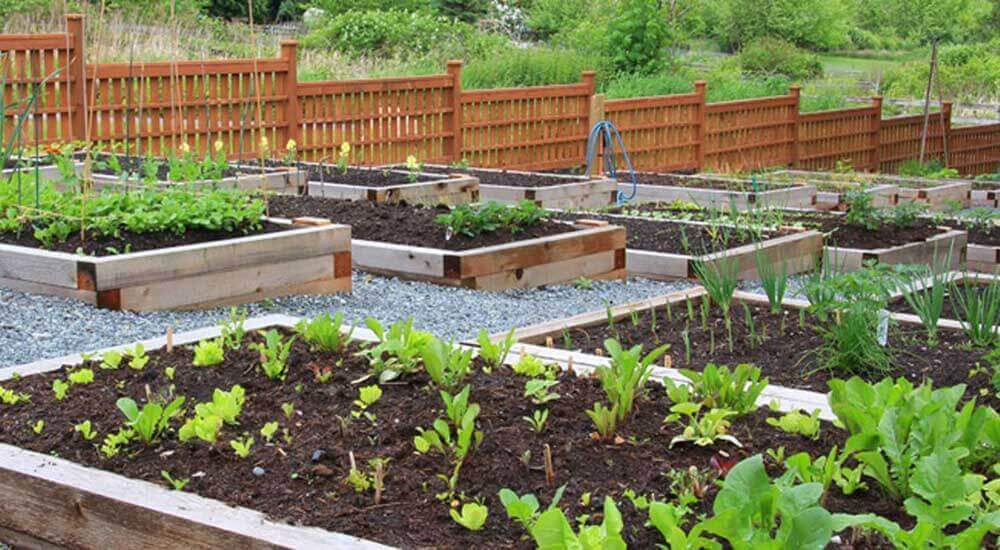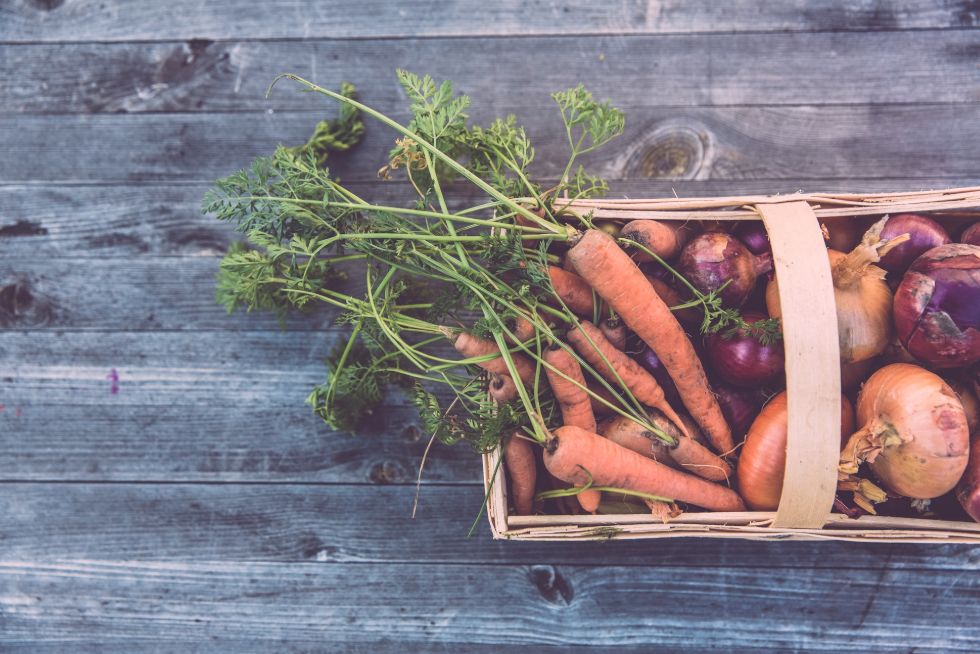The Joy of Home-Grown Produce: Starting Your Vegetable Garden
Growing your own vegetables is a rewarding experience that brings joy and satisfaction. With fresh produce at your fingertips, you can enjoy the benefits of improved health, reduced food waste, and a deeper connection with nature. This guide focuses on how to start a vegetable garden from scratch in South Africa, ensuring your gardening journey is successful and fulfilling.
Choosing the Ideal Garden Space: Location, Size, and Soil Preparation
Selecting the perfect location for your vegetable garden is crucial for its success. Consider factors such as sunlight, accessibility, and soil type. Ideally, your garden should receive at least six hours of direct sunlight daily. Ensure the space is close to a water source and is easily accessible for maintenance. South African gardens typically have sandy or clay soil, so preparing the soil is essential.
To prepare the soil, remove weeds and debris, then loosen the soil with a garden fork or tiller. Add organic matter, such as compost or well-rotted manure, to improve soil structure, fertility, and water retention. Aim for a soil pH between 6.0 and 7.0, as most vegetables prefer slightly acidic to neutral soil. The size of your garden will depend on the space available and the number of vegetables you plan to grow. Remember, it’s better to start small and expand as you gain experience and confidence.
Selecting Suitable Vegetables for South African Climate
Selecting the right vegetables for your South African garden is crucial for a successful harvest. Some vegetables thrive in the region’s diverse climate, from the lush, subtropical coast to the arid, interior plateau. Consider the season and regional factors when choosing your plants.
For a year-round garden, focus on vegetables that grow well in South Africa’s mild winters and warm summers. Some suitable options include:
- Beans (French and runner)
- Beetroot
- Broccoli
- Carrots
- Cabbage
- Cauliflower
- Cucumbers
- Garlic
- Lettuce
- Onions
- Peppers (bell and chili)
- Spinach
- Squash (summer and winter)
- Sweetcorn
- Tomatoes
Refer to the following table for guidance on planting and harvesting times:
| Vegetable | Planting Time | Harvesting Time |
|---|---|---|
| Beans (French and runner) | Spring and early summer | Summer and early autumn |
| Beetroot | Spring and autumn | Summer and early winter |
| Broccoli | Autumn and early winter | Winter and early spring |
| Carrots | Spring and autumn | Summer and early winter |
| Cabbage | Spring and autumn | Summer and early winter |
| Cauliflower | Spring and autumn | Summer and early winter |
| Cucumbers | Spring and early summer | Summer and early autumn |
| Garlic | Autumn | Summer |
| Lettuce | Spring, autumn, and winter | Spring, autumn, and winter |
| Onions | Spring and autumn | Summer and early winter |
| Peppers (bell and chili) | Spring | Summer and early autumn |
| Spinach | Spring, autumn, and winter | Spring, autumn, and winter |
| Squash (summer and winter) | Spring and early summer | Summer and early autumn |
| Sweetcorn | Spring and early summer | Summer and early autumn |
| Tomatoes | Spring and early summer | Summer and early autumn |
Planting and Nurturing Your Vegetable Garden
Planting vegetables is an exciting step in starting your garden. You can sow seeds directly into the ground or use seedlings, depending on the vegetable and your personal preference. Direct sowing is suitable for crops with long germination periods or those that do not transplant well, such as beans, carrots, and beetroot. Seedlings, on the other hand, are ideal for crops with shorter germination periods or those that benefit from an early start, like tomatoes, peppers, and eggplants.
Proper watering, fertilizing, and mulching are essential for a thriving vegetable garden. Water your garden deeply and consistently, aiming for about 1 inch (2.5 cm) of water per week. Use a soaker hose or drip irrigation system to conserve water and reduce evaporation. Fertilize your garden with a balanced, slow-release fertilizer, following package instructions. Mulching helps retain moisture, suppress weeds, and regulate soil temperature. Apply a 2- to 3-inch (5- to 7.5-cm) layer of organic mulch, such as straw, wood chips, or leaf litter, around your plants.
Maintaining your garden involves regular weeding, pruning, and staking. Weeds compete with your vegetables for nutrients and water, so remove them promptly. Prune your plants to encourage bushier growth and better fruit production. Stake or trellis climbing plants, like beans and cucumbers, to save space and improve air circulation. Common pests and diseases in South African vegetable gardens include aphids, whiteflies, powdery mildew, and downy mildew. Use organic or chemical pesticides and fungicides, following package instructions, to control infestations. Always prioritize integrated pest management (IPM) strategies to minimize environmental impact and maintain ecological balance.
Harvesting and Storing Your Home-Grown Vegetables
Harvesting your home-grown vegetables is a rewarding experience. To ensure a continuous supply of fresh produce, pick vegetables at their peak of maturity and ripeness. Regular harvesting also encourages plants to produce more fruits and vegetables. Be mindful of the specific harvesting instructions for each vegetable, as some require gentle handling or specific tools.
Proper storage is crucial for maintaining the freshness and quality of your home-grown vegetables. Some vegetables, like tomatoes, peppers, and eggplants, are best stored at room temperature, while others, like leafy greens and root vegetables, benefit from cooler conditions. Use a root cellar, basement, or refrigerator to store your vegetables, depending on their specific storage requirements. For long-term storage, consider preserving excess produce through canning, freezing, or drying. These methods not only extend the shelf life of your vegetables but also allow you to enjoy the fruits of your labor during the off-season.
Canning involves preserving vegetables in airtight containers, such as glass jars, using heat to destroy microorganisms and create a vacuum seal. Freezing, on the other hand, is a simple and effective way to preserve vegetables by slowing down enzyme activity and microbial growth. Drying, or dehydration, removes moisture from vegetables, preventing spoilage and concentrating flavors. Choose the preservation method that best suits your needs and preferences, and enjoy your home-grown vegetables year-round.
Expanding Your Garden: Vertical Gardening and Container Gardening
Limited space should not hinder your vegetable gardening aspirations. Vertical gardening and container gardening are innovative solutions that allow you to grow a variety of vegetables in small areas. These techniques not only save space but also offer other benefits, such as improved air circulation, reduced pest pressure, and increased accessibility.
Vertical Gardening
Vertical gardening involves growing vegetables upwards, using trellises, wall-mounted planters, or other structures. This method is ideal for climbing plants, such as beans, cucumbers, and peas, but can also be used for other vegetables, like tomatoes and eggplants. To create a vertical garden, select a sturdy structure that can support the weight of your plants and their fruits. Ensure proper spacing between plants to promote air circulation and reduce the risk of disease. Train your plants to grow upwards by gently guiding them along the structure or using ties or clips.
Container Gardening
Container gardening enables you to grow vegetables in pots, grow bags, or other containers. This method is perfect for those with limited space, such as balcony or rooftop gardeners. Choose containers with adequate drainage holes and a size appropriate for your plants. Select vegetables that thrive in containers, like lettuce, peppers, and herbs. Ensure your containers are placed in a location with ample sunlight and protection from extreme temperatures. Water and fertilize your container garden regularly, as containers tend to dry out faster than in-ground gardens.
By incorporating vertical and container gardening techniques, you can expand your vegetable garden and enjoy fresh produce, regardless of your available space. Experiment with different vegetables, structures, and container types to create a thriving, space-efficient garden tailored to your needs and preferences.
Connecting with Local Gardening Communities
Gardening can be a solitary activity, but connecting with local gardening clubs or communities can provide numerous benefits for new and experienced gardeners alike. By engaging with others who share your passion for vegetable gardening, you can learn from their experiences, share your own successes and challenges, and foster long-lasting friendships.
Benefits of Joining Local Gardening Communities
Joining local gardening clubs or communities offers several advantages, including:
- Access to expert advice and guidance from seasoned gardeners
- Opportunities to learn about new gardening techniques and trends
- Networking with other gardeners who can provide support and encouragement
- Sharing seeds, cuttings, and other gardening materials
- Participating in group activities, such as workshops, seminars, and garden tours
Finding Local Gardening Communities
To find local gardening clubs or communities, consider the following resources:
- Local extension services: These organizations often sponsor or support gardening clubs and offer educational resources for gardeners.
- Community centers and libraries: Check for flyers, brochures, or online resources that list local gardening groups.
- Social media platforms: Use keywords like “vegetable gardening in South Africa” or “local gardening clubs” to search for groups on platforms like Facebook, Meetup, or Nextdoor.
- Online forums and discussion boards: Websites dedicated to gardening may have sections for local groups or forums where you can connect with other gardeners in your area.
By engaging with local gardening communities, you can enhance your vegetable gardening experience, learn from others, and contribute to a vibrant and supportive gardening network in South Africa.
Continuous Learning: Resources and References for Vegetable Gardening
To further enhance your vegetable gardening knowledge and skills, consider exploring the following resources and references. These materials cover a wide range of topics, from basic gardening techniques to advanced practices, ensuring you have the information needed to create and maintain a thriving vegetable garden in South Africa.
Recommended Books
Books are an excellent source of in-depth information on vegetable gardening. Here are a few highly-recommended titles:
- “Vegetable Gardening in South Africa” by Dianeatha Thompson and Neville van der Dool
- “The Complete South African Gardener” by Tanya Visser
- “How to Grow Vegetables in South Africa” by Jane Griffiths
Websites and Online Resources
The internet offers a wealth of information on vegetable gardening. Here are some reputable websites and online resources to explore:
Local Extension Services and Organizations
Local extension services and organizations often provide valuable resources and support for gardeners. Here are a few to consider:
- Department of Agriculture, Forestry and Fisheries
- Agricultural Research Council
- South African National Seed Organization
By utilizing these resources and references, you can expand your knowledge of vegetable gardening in South Africa, ensuring a successful and rewarding gardening experience.




